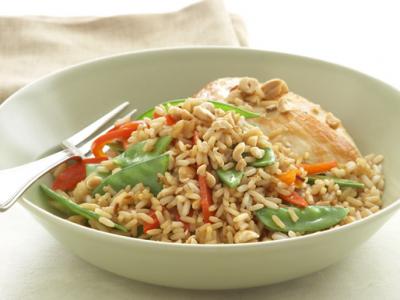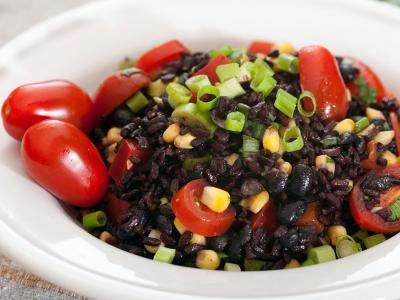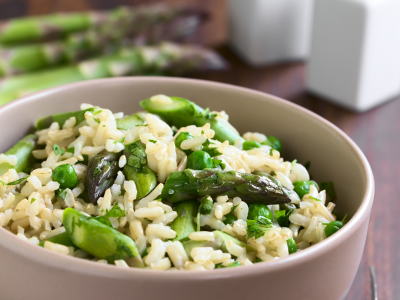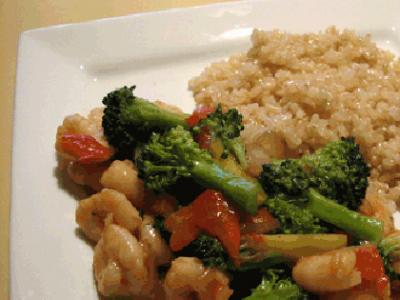Black Rice Rivals Blueberries as Antioxidant Source
Scientists working with Zhimin Xu at the Louisiana State University Agricultural Center have found that black rice (sometimes called “forbidden rice”) contains health-promoting antioxidants called anthocyanins, at levels similar to those found in blueberries and blackberries.
Presentation at the National Meeting of the American Chemical Society, Boston MA. August 26, 2010.





